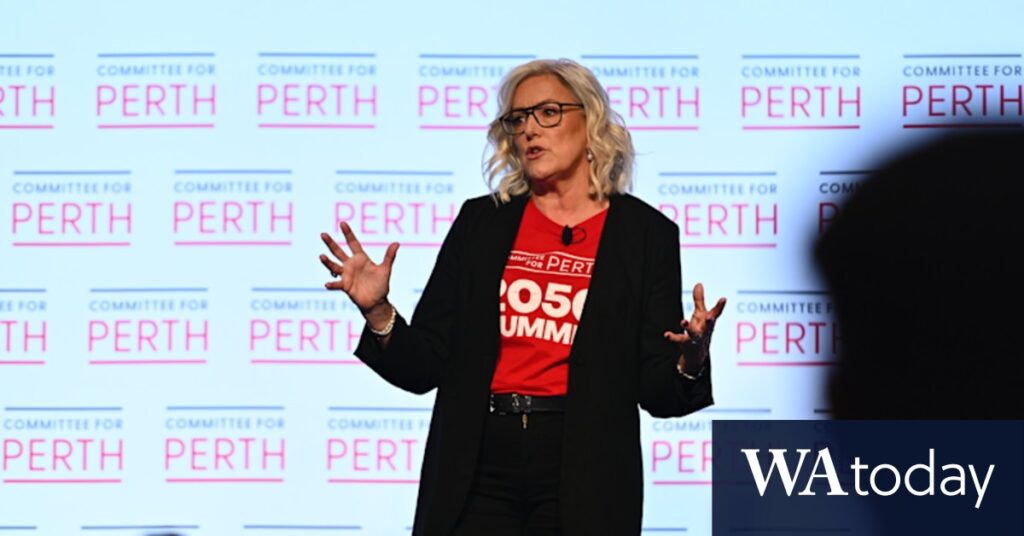
Perth has long anticipated a population surge toward 3.5 million by 2050. However, experts now warn that this growth may arrive sooner than expected, potentially reaching that milestone by 2039. This acceleration poses significant challenges in housing, infrastructure, and climate readiness.
Business and industry leaders convened at the Crown on Wednesday for the Committee for Perth’s 2050 Summit. The event aimed to “champion a plan for Perth’s future,” addressing the impending pressures of rapid population growth. The population target was initially outlined in the Committee for Perth’s 2012 report, Towards a Bright Future, but recent insights suggest a faster timeline.
Demographic Shifts and Housing Demands
University of Western Australia demographer Professor Amanda Davies highlighted the urgency of the situation, explaining that current pipeline projects and migration trends could propel the city to the 3.5 million mark by 2039.
“This is a very plausible scenario, considering the pipeline projects that we have locked in, and the push factors driving migration,” Davies said.
Davies emphasized that this trajectory would “rapidly bring forward the demand for much more housing in the greater Perth region.” She also noted that Western Australia’s ageing population would further strain health and aged-care systems.
Aged care service Hall & Prior’s chief executive Graeme Prior echoed these concerns, stating that the state was unprepared for the scale of ageing ahead. He projected that “one in five Western Australians will be over the age of 65 by 2050,” calling for greater investment in aged-care workforce planning and home-based care to prevent overwhelming the system.
Infrastructure and Climate Challenges
Energy and Decarbonisation Minister Amber-Jade Sanderson, in her keynote address, urged residents to abandon the “not-in-my-backyard” mindset to facilitate the necessary clean-energy, housing, and transport projects for the coming decades.
“Cities don’t change by chance, they change by choice,” Sanderson asserted.
She stressed the need for new laws and regulations to expedite renewable energy projects, while emphasizing that the government alone cannot provide all the answers. Sanderson called on industry, communities, and young people to contribute to long-term decision-making.
Decarbonisation working group chair Julie McKay-Warner pointed out that Perth lacks a comprehensive “climate transition plan” to prepare for climate change, unlike other Australian cities such as Adelaide, Melbourne, and Sydney. She warned that population growth would amplify the costs and challenges of delayed climate action.
The Role of Technology and Youth Engagement
Artificial intelligence (AI) emerged as another area of concern. Professor Sharon Parker, an expert in organizational behavior, assessed Western Australia’s readiness for AI’s impact on jobs and productivity as “about five out of 10.”
“About 95 per cent of AI applications deliver no real benefit,” Parker stated. “There’s too much focus on the technology alone as the solution, and not enough on redesigning work. If AI doesn’t make work better for people, it will fail.”
Meanwhile, Perth Youth Parliament member Diya Makwana challenged political and industry leaders to integrate young people into decision-making processes that will shape the next three decades.
“We are the present, not the future,” Makwana declared. “Don’t give us token roles. Give us a seat at the table.”
The summit underscored the urgent need for a cohesive strategy to manage Perth’s impending population growth. As the city braces for these challenges, collaboration across sectors and generations will be crucial to ensuring a sustainable and prosperous future.





